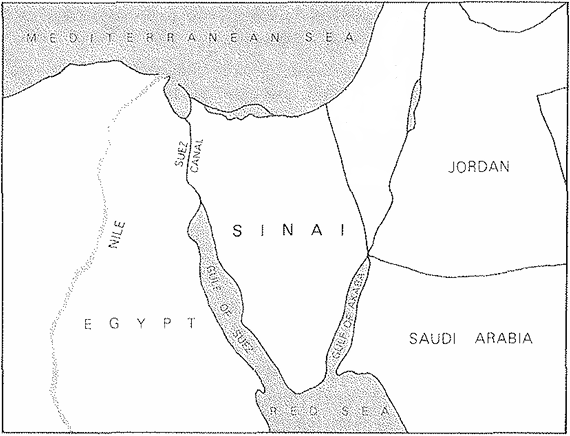


 Grammar
Grammar
 Tenses
Tenses
 Present
Present
 Past
Past
 Future
Future
 Parts Of Speech
Parts Of Speech
 Nouns
Nouns
 Verbs
Verbs
 Adverbs
Adverbs
 Adjectives
Adjectives
 Pronouns
Pronouns
 Pre Position
Pre Position
 Preposition by function
Preposition by function 
 Preposition by construction
Preposition by construction
 Conjunctions
Conjunctions
 Interjections
Interjections
 Grammar Rules
Grammar Rules
 Linguistics
Linguistics
 Semantics
Semantics
 Pragmatics
Pragmatics
 Reading Comprehension
Reading Comprehension|
Read More
Date: 2024-09-06
Date: 2024-09-27
Date: 2024-10-04
|
Once the structure is set up, one way to describe it is to follow it from the top down and from left to right, describing each part in the order in which it appears. This is the form you would follow if you were giving a technical description of the radar set described above, or any other technical description of a piece of machinery.
However, you can also impose a process order on your description. To illustrate, here is a map of the Sinai Desert. The passage following describes its structure:

On any map of the Middle East, the Sinai Peninsula sits dead center; an almost perfect inverted isosceles triangle, a sharp wedge that seems to cleave Africa from Arab Asia. Depending on one's political persuasion, it can be seen in several other contexts: as an eastern arm of Egypt, holy Egyptian soil, severed from its motherland only a little more than a century ago by the Suez Canal; as a natural and logical southern extension of Palestine, a massive broadening of the Negev Desert; as a northern adjunct of Saudi Arabia, separated from that immensity by the narrow Gulf of Akaba; or simply, as an ancient land bridge connecting East and West, a handy route for caravans and invading armies.1
The "contexts" in which one can view the Sinai Peninsula are listed in the order in which the eye would comprehend them as it looked at the map, starting in the upper left-hand corner and moving clockwise. First it would see the split from Egypt, then the southern part of Palestine, then the top of Saudi Arabia. Finally, it would travel back from east to west. Thus, the author has visualized the process a reader would follow in examining the map, and reflected that order in his description.
1From The New Yorker; June 4, 1979, "Sinai: The Great and Terrible Wilderness" by Burton Bernstein.
|
|
|
|
علامات بسيطة في جسدك قد تنذر بمرض "قاتل"
|
|
|
|
|
|
|
أول صور ثلاثية الأبعاد للغدة الزعترية البشرية
|
|
|
|
|
|
|
مدرسة دار العلم.. صرح علميّ متميز في كربلاء لنشر علوم أهل البيت (عليهم السلام)
|
|
|